Learning that your pet is in kidney failure can be frightening. Twin Maples Veterinary Hospital has composed the following guide, to help you understand what is happening to your pet’s kidneys, and what to expect as the disease progresses.
The kidney’s important role in your pet’s health
The kidneys play many key roles in maintaining homeostasis (i.e., the state of equilibrium necessary for survival), including:
- Filtering and removing natural waste products from your pet’s blood
- Regulating the body’s fluid volume
- Balancing pH and electrolyte levels
- Regulating blood pressure and hydration by absorbing or excreting water (i.e., producing more or less urine).
- Hormone production and stimulation, including erythropoietin, the hormone responsible for red blood cell production
How your pet’s kidney fails
When a pet is in kidney failure, the nephrons (i.e., the kidney’s basic functioning units) are permanently damaged. Without adequate nephrons, the kidneys can no longer effectively filter the blood. Without proper filtration, waste products accumulate, and negatively affect the body’s pH and electrolyte balance.
Acute versus chronic kidney failure in pets
Kidney damage can be classified as acute or chronic, based on the cause and disease progression.
- Acute kidney failure — Also referred to as acute renal injury, acute kidney failure is sudden, with the pet’s condition deteriorating over several days. Toxins, including antifreeze, plants, medications, and toxic foods, are the most common causes for acute kidney failure. Other frequent causes include:
- Urinary obstruction (e.g., kidney, bladder, or urethral stone)
- Leptospirosis
- Heat stroke
- Snake bite
- Chronic kidney failure — Also referred to as chronic renal insufficiency, chronic kidney failure can take several months to years. The slow progression can make finding the cause impossible, but the following conditions may play a role:
- Dental disease
- Congenital malformation
- High blood pressure
- Chronic bacterial infection
- Acute kidney failure
- Age-related deterioration
Kidney failure signs in pets
Kidney disease signs are seldom apparent until the kidneys have lost two-thirds of their nephrons. At that point, they can no longer regulate the body’s fluid balance, and release excess water, which puts the body in a continuously dehydrated state. Early stage kidney failure is identified by:
- Increased thirst
- Frequent, and large-volume, urination
- Urinary accidents or incontinence
As the kidney’s filtration worsens, the waste products in the blood reach toxic levels, and affect multiple body systems. Advanced stage kidney failure signs may include:
- Reduced appetite
- Nausea
- Depression
- Vomiting in dogs
- Diarrhea
- Weight loss
- Pale gums
Kidney failure diagnosis in pets
At Twin Maples Veterinary Hospital, we evaluate your pet’s kidney function by reviewing your pet’s history, and performing a physical examination and diagnostic blood and urine tests. The following changes are common in pets with kidney disease:
- Increased blood urea nitrogen (BUN)
- Increased creatinine (CREA)
- Increased phosphorus (PHOS)
- Low red blood cells (i.e., anemia)
- Dilute urine
- Protein in urine
Symmetric dimethylarginine (SDMA) is a new blood test that can identify disease much earlier, when the kidney has lost only 40 percent function. We can use SDMA to monitor aging patients, so we can implement therapeutic measures sooner.
We may recommend additional testing, such as an X-ray to evaluate kidney size, or ultrasound to assess the kidneys’ internal structures. A kidney biopsy can be helpful in some cases, but may not significantly change the treatment plan.
What to expect after your pet is diagnosed with kidney failure

Kidney failure cannot be cured, but can be managed with veterinary care if diagnosed in the early stages. Prognosis is highly individual, and can range from months to years.
Each pet’s therapeutic plan and outcome will vary based on their condition at diagnosis, and the underlying cause. Management focuses on patient comfort, minimizing toxicosis, and reducing the kidneys’ workload. Depending on your pet’s stage, they may receive any or all of the following therapies:
- Hospitalization — Pets with acute renal failure and severe chronic kidney failure must be hospitalized for intravenous fluids and medications. Aggressive fluid therapy flushes the excess waste products from your pet’s blood. Blood pressure, electrolytes, and pH are closely monitored. Pets commonly feel better after hospitalization, unless their kidney failure is too advanced.
- Diet — Veterinary renal diets are low in phosphorus and sodium to reduce strain on the kidneys, and prevent secondary conditions. However, nausea can affect a pet’s appetite and make feeding kidney failure pets a challenge. Appetite stimulants or temporary feeding tubes may deliver nutrition for severe inappetence.
- Hydration — Ensure your pet has unrestricted access to fresh water at all times, to prevent dehydration.
- Medication — Antibiotics, anti-nausea medications, appetite stimulants, antacids, and phosphate binders are commonly prescribed. Cats may require potassium supplementation.
- Subcutaneous fluids — We may recommend that you give your pet sterile fluids at home, underneath their skin, to support hydration. If so, we will provide a demonstration and instructions.



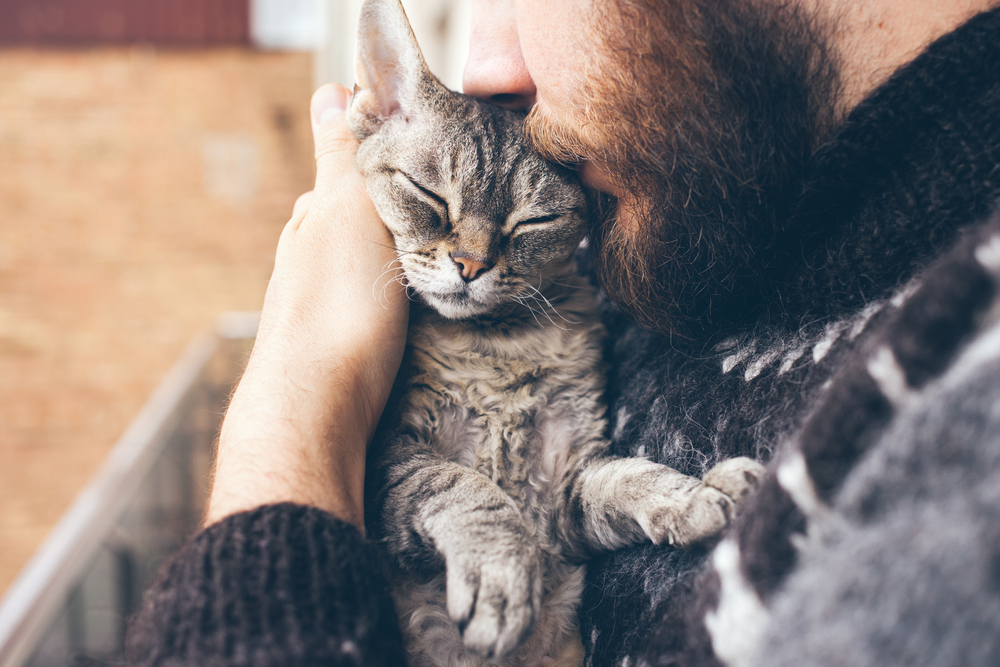
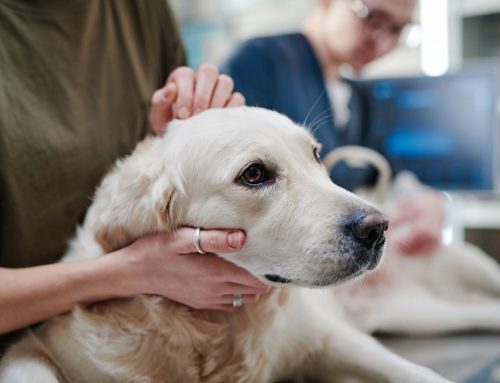
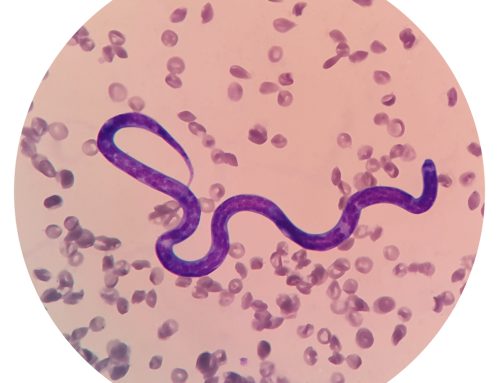
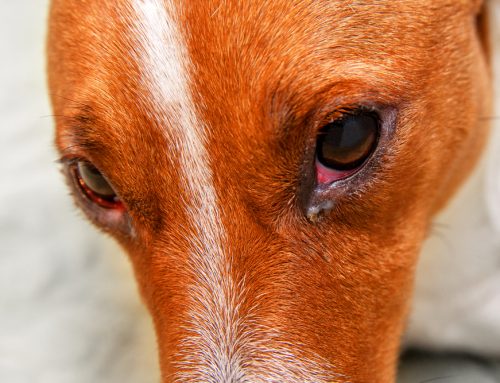
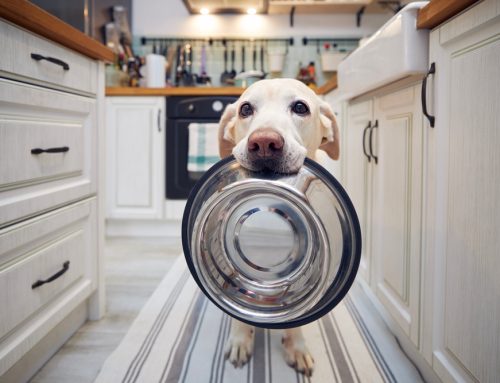

Leave A Comment